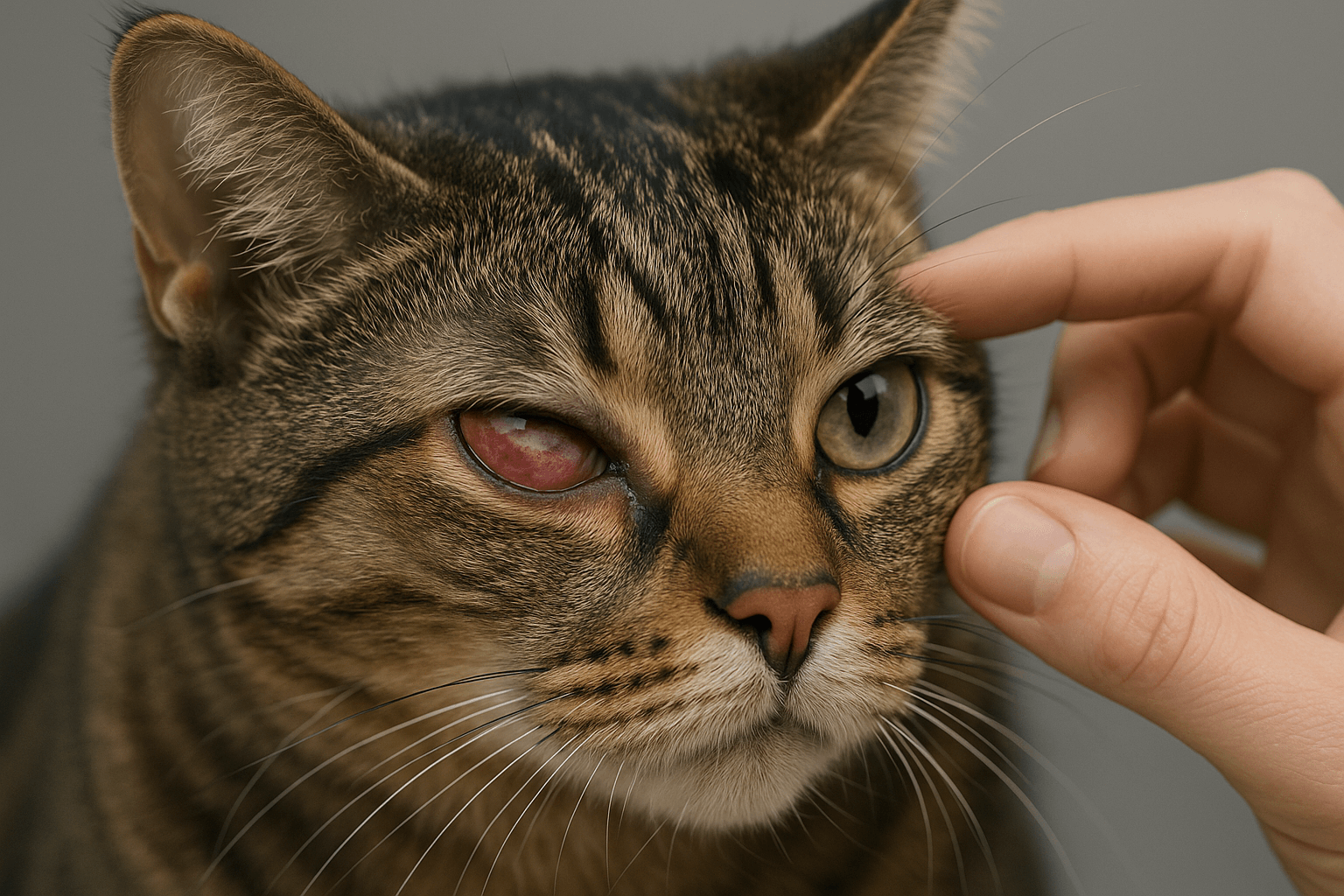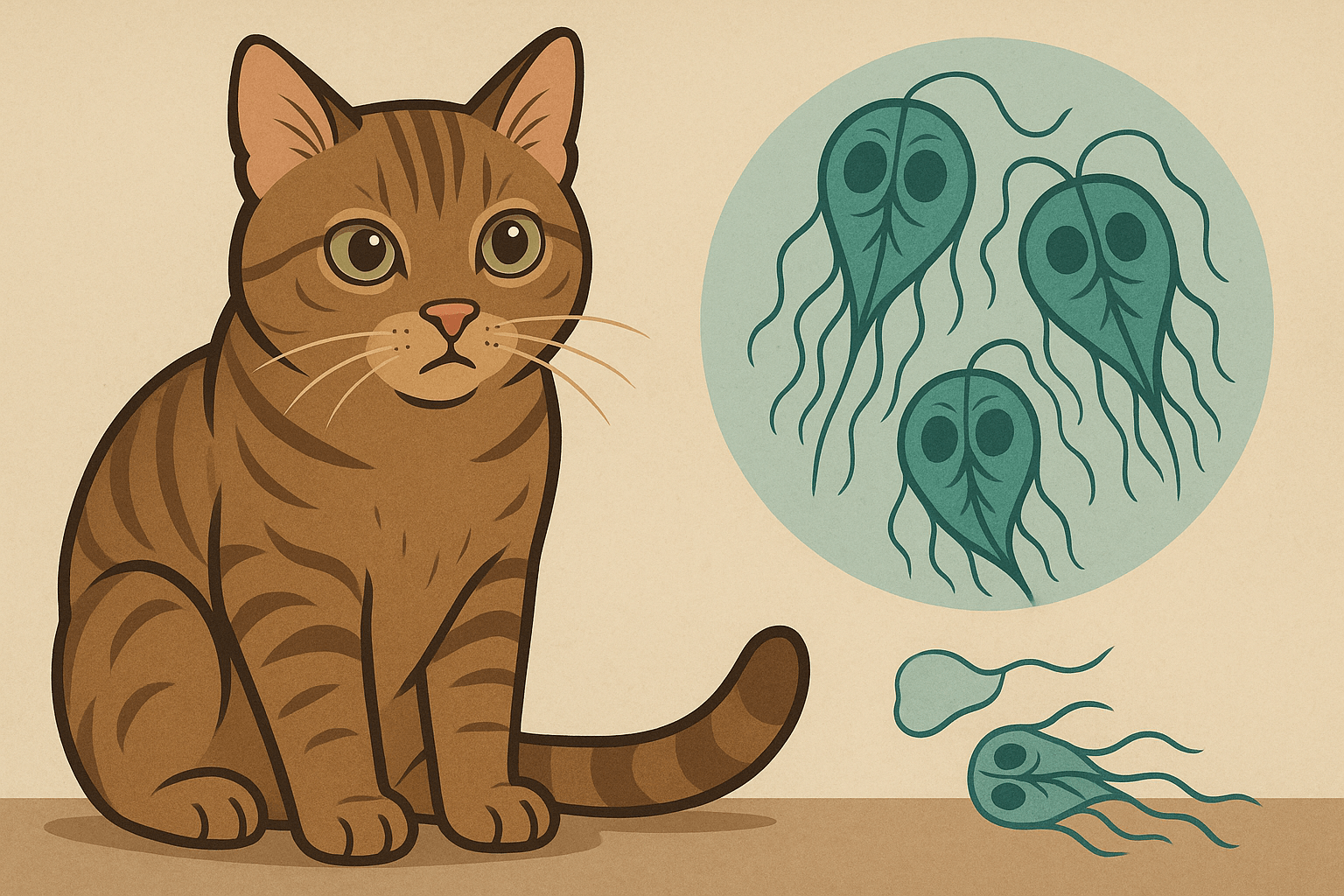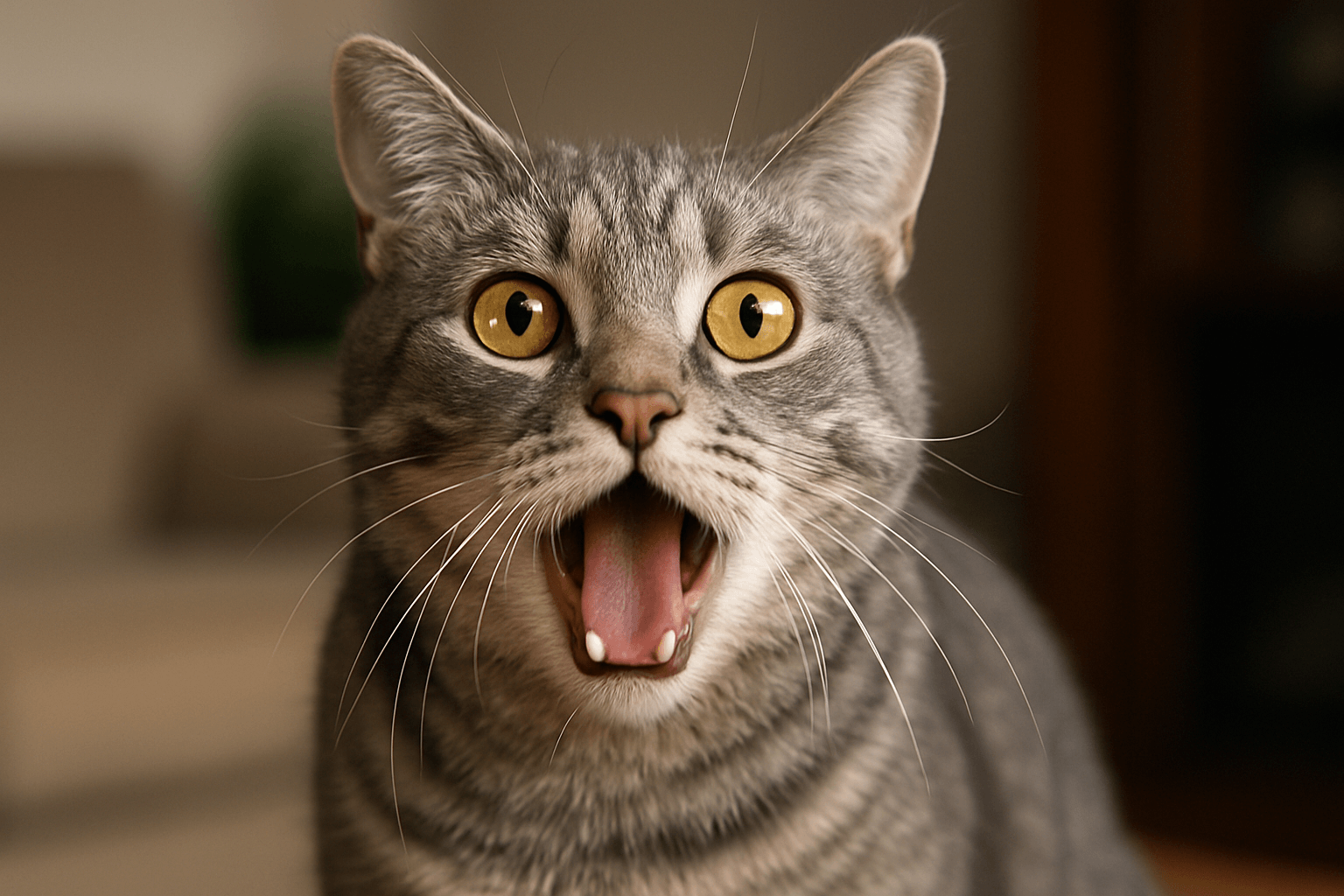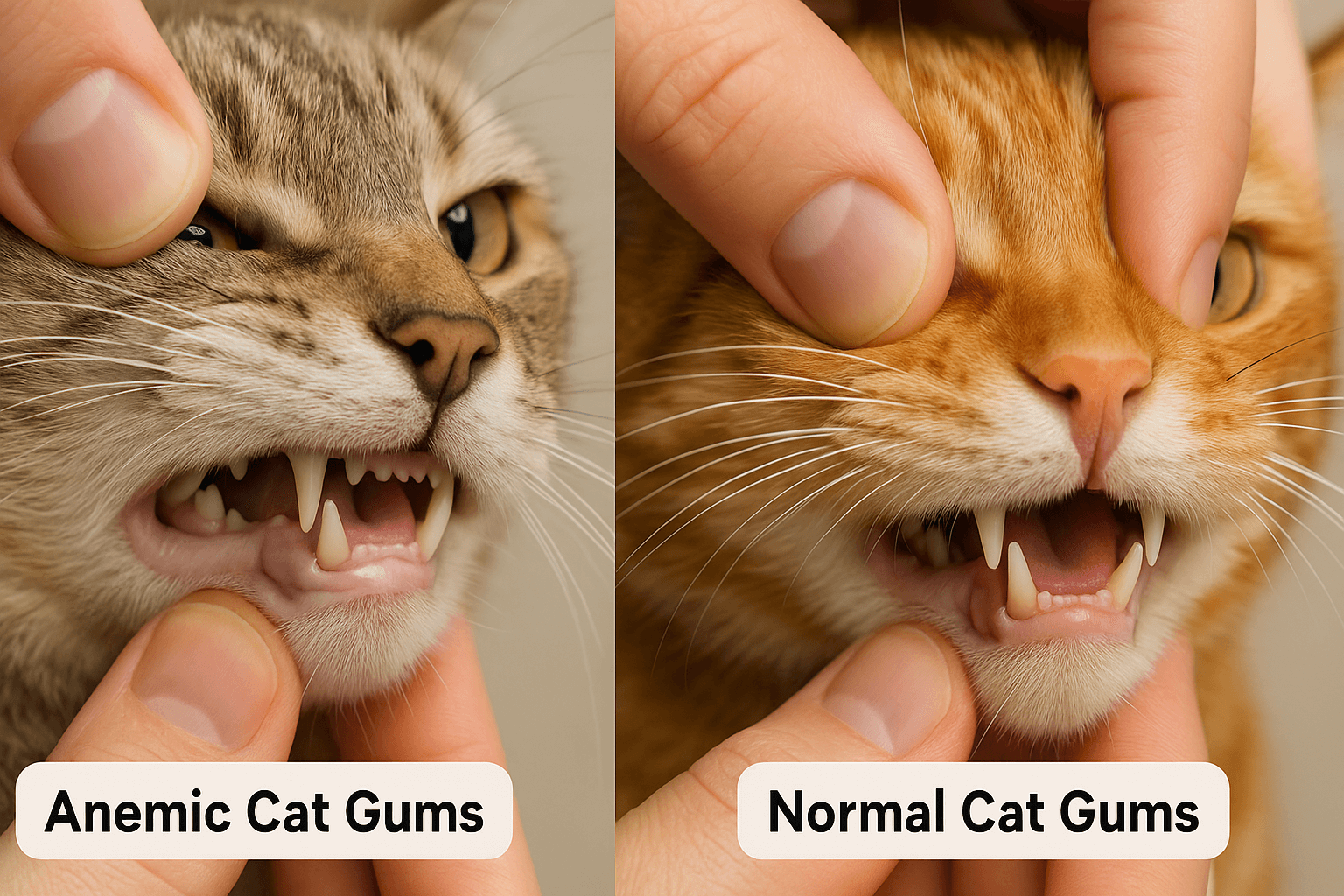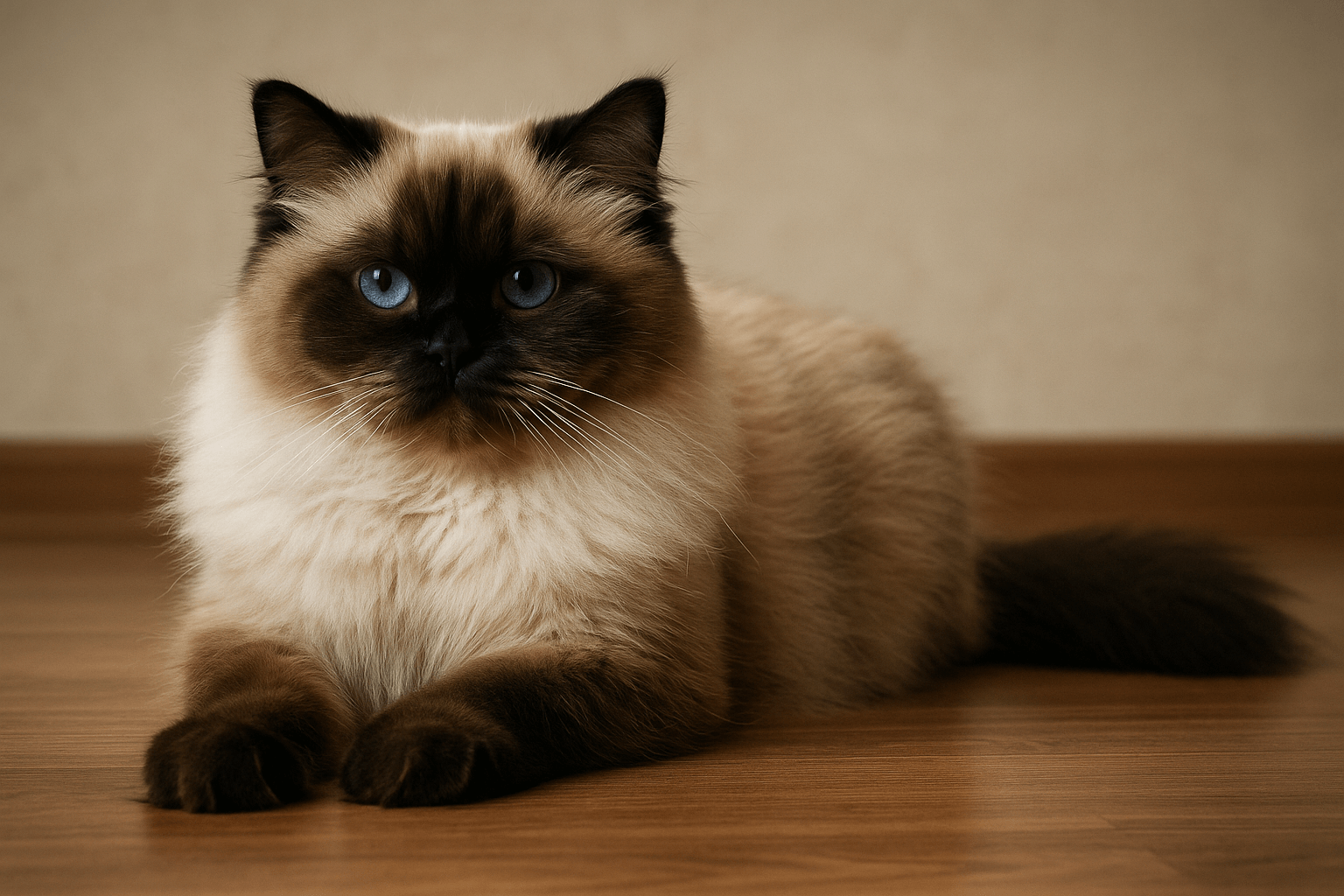Cat Eye Irritation: What You Need to Know
Cats are known for their striking, expressive eyes, but these delicate organs can sometimes fall victim to irritation or discomfort. Cat eye irritation is a common issue that can stem from a variety of causes, ranging from minor irritants to more serious underlying conditions. As a cat owner, recognizing the signs of eye irritation early and understanding how to address it can make all the difference in your pet’s comfort and health. In this blog post, we’ll explore the potential causes, symptoms, and treatment options for cat eye irritation, along with expert tips to keep your feline friend’s eyes bright and healthy.
Common Causes of Cat Eye Irritation
Understanding the root cause of your cat’s eye irritation is the first step toward effective treatment. Here are some of the most frequent culprits behind this uncomfortable condition.
Allergies:
Cats can develop allergies to pollen, dust, or certain foods, which may lead to redness, swelling, or discharge around the eyes.Foreign Objects:
Dust, dirt, or small particles can get trapped in a cat’s eye, causing irritation and excessive blinking or tearing.Infections:
Bacterial or viral infections, such as feline herpesvirus, can result in persistent eye irritation, often accompanied by discharge.Trauma or Injury:
Scratches, abrasions, or accidental injuries to the eye can cause significant irritation and require prompt veterinary attention.Underlying Health Conditions:
Issues like glaucoma, conjunctivitis, or dry eye syndrome can contribute to ongoing eye discomfort in cats.
Identifying the specific cause of your cat’s eye irritation is crucial for determining the appropriate course of action and ensuring their swift recovery.
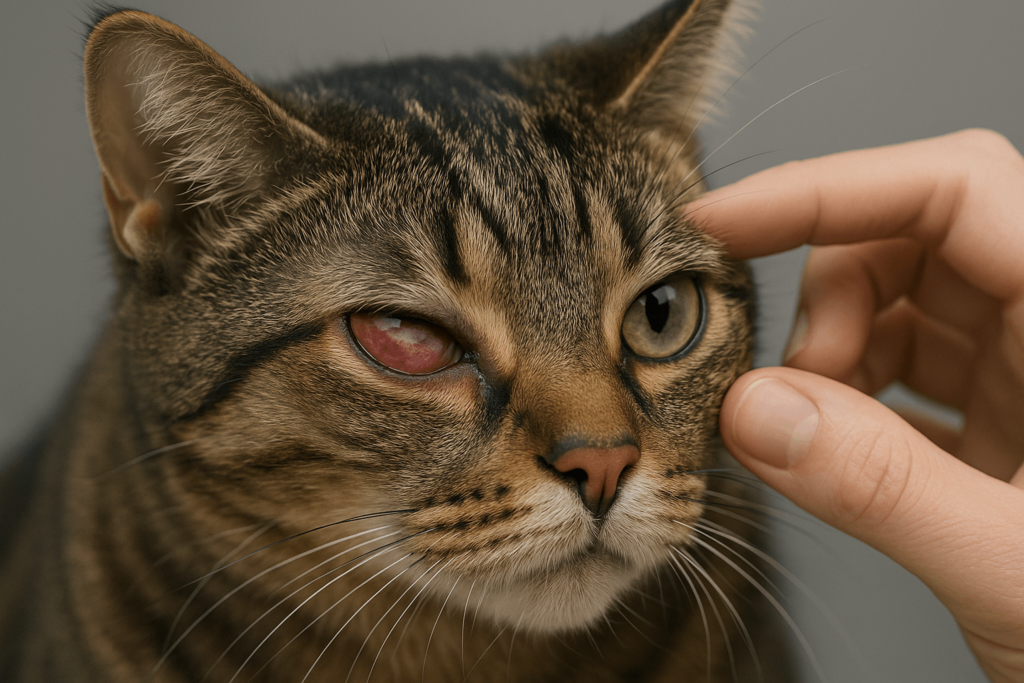
Signs and Symptoms of Cat Eye Irritation
Recognizing the signs of eye irritation early can help prevent complications and ensure timely treatment. Keep an eye out for these common symptoms if you suspect your cat is experiencing discomfort.
Excessive Tearing:
Watery eyes are often a sign that your cat’s eyes are trying to flush out irritants or allergens.Redness or Swelling:
Inflamed or swollen eyelids can indicate irritation or infection and should be monitored closely.Squinting or Blinking Frequently:
Cats may squint or blink excessively when their eyes are irritated, as they try to protect themselves from further discomfort.Discharge or Crusting:
Yellow, green, or thick discharge around the eyes can signal an infection or other serious issue.Rubbing or Pawing at Eyes:
If your cat frequently rubs their face or paws at their eyes, it could mean they’re experiencing pain or irritation.
By paying attention to these symptoms, you can take proactive steps to address your cat’s eye health before the problem worsens.
Check this guide 👉Understanding Cat Eye Mites: Best 7 Expert Tips!
Check this guide 👉Understanding Cat Eye Cataracts: Best 7 Expert Tips!
Check this guide 👉How to Clean a Cat Eye Infection: Best 7 Health Tips!
Preventive Measures for Cat Eye Health | When to See a Veterinarian |
|---|---|
Regularly clean around your cat’s eyes | Persistent redness or swelling |
Provide a dust-free environment | Discharge that doesn’t clear up within 24 hours |
Monitor for changes in behavior | Signs of pain, such as pawing at the eyes |
Schedule routine vet check-ups | Trauma or visible injury to the eye |
Use hypoallergenic bedding and litter | Suspected foreign object stuck in the eye |
How to Care for Your Cat’s Irritated Eyes at Home
While some cases of cat eye irritation require veterinary care, there are steps you can take at home to provide relief and support healing.
Clean Gently with a Warm Cloth:
Use a soft, damp cloth to gently wipe away any discharge or debris around your cat’s eyes. Avoid applying pressure directly to the eye.Avoid Using Human Eye Drops:
Human eye drops can harm cats and should never be used without consulting a veterinarian.Keep the Environment Clean:
Reduce irritants in your home by using air purifiers and keeping surfaces free of dust and allergens.Monitor for Improvements:
Track your cat’s symptoms over 24-48 hours to see if they improve. If not, seek professional advice promptly.Minimize Stress:
Stress can exacerbate eye issues in cats. Ensure your cat has a calm, comfortable space to rest and recover.
These simple measures can help alleviate mild irritation while ensuring your cat remains comfortable during their recovery.
When Professional Treatment Is Necessary
While many cases of cat eye irritation resolve with basic care, some situations demand immediate veterinary attention. Here’s when you should consult a professional.
Severe Pain or Distress:
If your cat seems to be in significant pain or is unusually lethargic, it’s time to visit the vet.Persistent Symptoms:
Any symptoms that last more than 48 hours despite home care warrant a check-up to rule out serious conditions.Cloudy or Discolored Eyes:
Changes in the appearance of your cat’s eye, such as cloudiness or discoloration, may indicate glaucoma or other serious issues.Bulging or Sunken Eyes:
Abnormalities in the shape or position of the eye can signal trauma or severe illness.Frequent Recurrence:
If your cat experiences repeated episodes of eye irritation, it may point to an underlying chronic condition requiring diagnosis and treatment.
Timely veterinary intervention ensures your cat receives the care they need to prevent long-term damage.
Preventing Cat Eye Irritation
Prevention is always better than cure when it comes to cat eye irritation. These proactive steps can help minimize the risk of eye problems in your furry companion.
Maintain a Dust-Free Environment:
Regularly vacuum and dust your home to reduce allergens and irritants that can affect your cat’s eyes.Provide Proper Ventilation:
Ensure good airflow in your home to prevent stagnant air, which can harbor irritants.Choose Hypoallergenic Products:
Opt for hypoallergenic cleaning supplies, bedding, and litter to minimize exposure to harsh chemicals.Trim Facial Fur (if applicable):
For long-haired breeds, trimming fur around the eyes prevents hair from irritating the eyeball.Schedule Regular Vet Visits:
Routine check-ups allow your vet to catch potential issues early before they become serious.
Taking these preventive measures can significantly reduce the likelihood of eye irritation in your cat.
Common Myths About Cat Eye Irritation
Misconceptions about cat eye irritation can lead to improper care. Let’s debunk some common myths to ensure you’re equipped with accurate information.
Myth: All Eye Discharge Indicates Infection:
Not true—discharge can result from allergies, foreign objects, or even normal tear production.Myth: Cats Outgrow Eye Problems:
While kittens may grow out of certain developmental issues, persistent symptoms should never be ignored.Myth: Over-the-Counter Drops Are Safe for Cats:
Many human eye drops contain ingredients toxic to cats and should only be used under veterinary guidance.Myth: Eye Irritation Always Looks Obvious:
Subtle signs like slight squinting or occasional tearing can still indicate underlying problems.Myth: Indoor Cats Don’t Get Eye Irritation:
Even indoor cats can suffer from allergies, infections, or trauma, making vigilance essential.
Separating fact from fiction helps you provide the best care for your cat’s eyes.
How Diet Impacts Cat Eye Health
Your cat’s diet plays a vital role in maintaining their overall health, including their eyes. Nutritional deficiencies or imbalances can contribute to eye irritation.
Omega-3 Fatty Acids:
Foods rich in omega-3s promote healthy tear production and reduce inflammation in the eyes.Antioxidant-Rich Ingredients:
Antioxidants like vitamins C and E support eye health by combating oxidative stress.Hydration:
Ensuring your cat stays hydrated helps maintain tear film integrity and prevents dry eye.Balanced Nutrition:
High-quality commercial or homemade diets formulated for cats provide essential nutrients for eye function.Avoid Harmful Additives:
Artificial preservatives and dyes in low-quality food can trigger allergies or sensitivities affecting the eyes.
A nutritious diet lays the foundation for strong immunity and vibrant eye health in your feline friend.
Frequently Asked Questions About Cat Eye Irritation
What should I do if my cat’s eye looks cloudy?
A cloudy eye could indicate glaucoma, cataracts, or an infection. Consult your vet immediately for proper diagnosis and treatment.
Can I use saline solution to clean my cat’s eyes?
Yes, sterile saline solution can safely clean around your cat’s eyes, but avoid putting it directly into the eye unless advised by a vet.
Why does my cat have crusty eyes in the morning?
Crustiness can result from normal tear production clearing irritants overnight. However, if it persists or worsens, consult your vet.
How can I prevent my cat from getting eye infections?
Maintain a clean environment, schedule regular vet visits, and monitor your cat’s overall health to reduce the risk of infections.
Is cat eye irritation contagious?
Some causes, like viral infections, can be contagious to other cats. Keep affected cats isolated until they’ve been treated.
Prioritizing Your Cat’s Eye Health
A cat’s eyes are not only beautiful but also vital to their well-being and quality of life. By staying vigilant for signs of irritation, taking preventive measures, and seeking professional care when needed, you can ensure your feline friend enjoys optimal eye health. Remember, even seemingly minor issues can escalate quickly, so don’t hesitate to reach out to your veterinarian if you notice anything unusual. With love, care, and attention, you can keep those mesmerizing eyes sparkling and free from discomfort for years to come.
Giardia in Cats: Best 7 Expert Tips! Discover expert advice on identifying, treating, and preventing giardia in cats to ensure your feline stays happy and healthy.
Cat Hyperventilating: Best 7 Expert Tips! Discover signs, causes, and solutions for cat hyperventilation. Learn how to calm your cat and when to seek veterinary care for their breathing issues.
Anemic Cat Gums vs Normal: Best 7 Expert Tips! Learn to spot signs of anemia in cats, understand gum health, and ensure your feline stays happy and healthy with expert advice.
Himalayan Cat Size: Best 7 Expert Tips! Discover expert advice on Himalayan cat size, growth factors, care tips, and how to ensure your feline stays healthy and happy.

